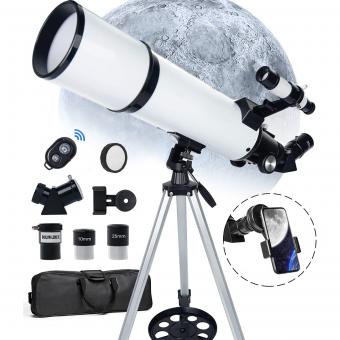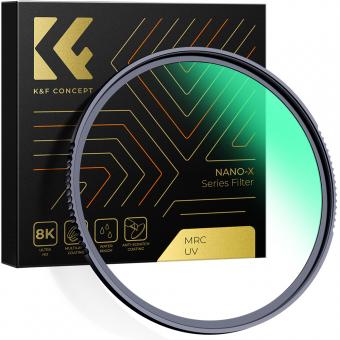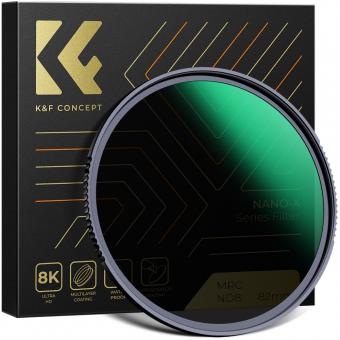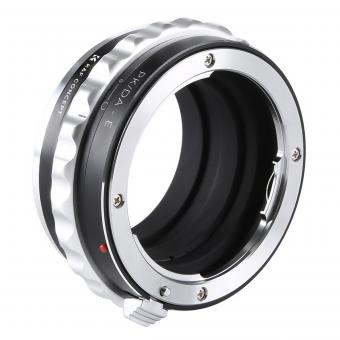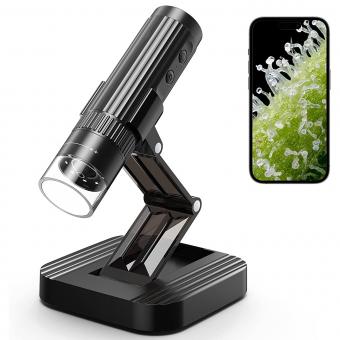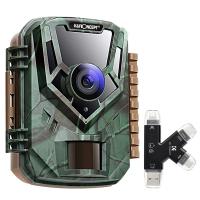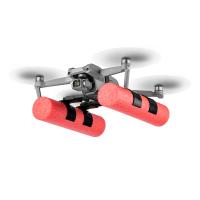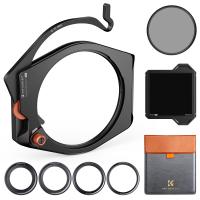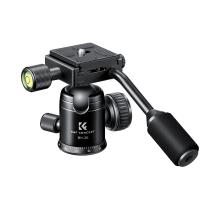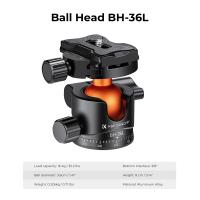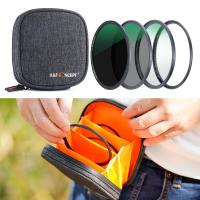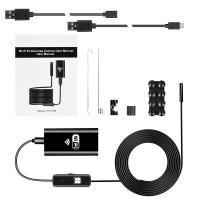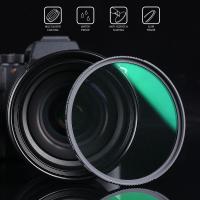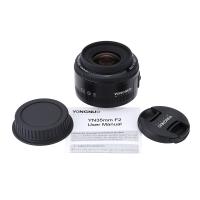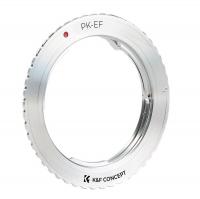What Is A Pirate Telescope Called?
A pirate telescope is commonly referred to as a "spyglass" or a "telescope."
1、 History of Pirate Telescopes
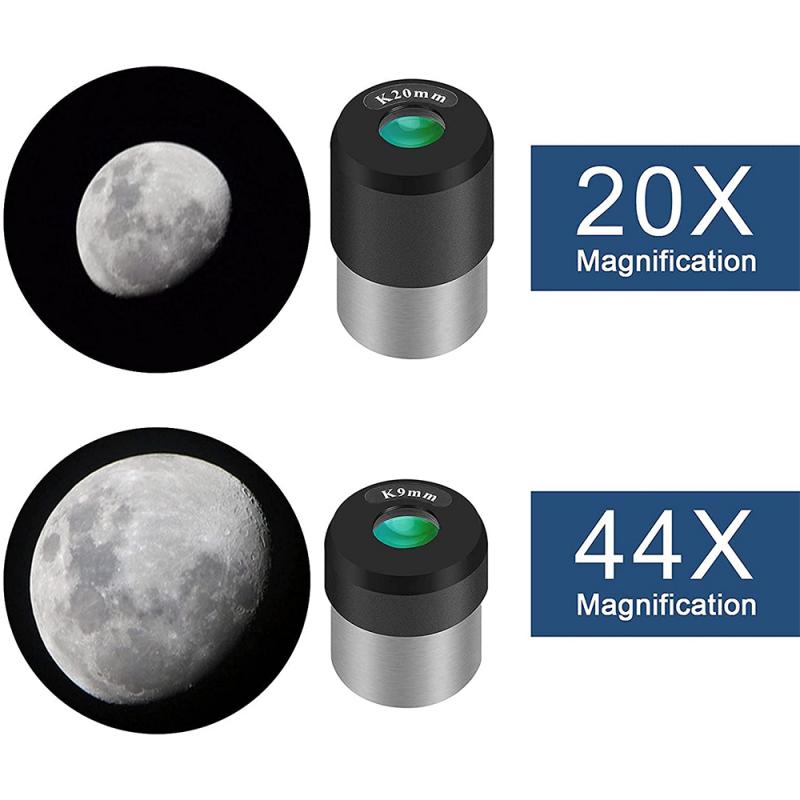
The term "pirate telescope" is a colloquial way of referring to a specific type of telescope used by pirates and sailors during the Golden Age of Piracy. This type of telescope is more commonly known as a "spyglass" or "hand-held telescope." It was a crucial tool for pirates, allowing them to spot ships on the horizon, identify potential targets, and navigate the seas more effectively.
The history of pirate telescopes dates back to the early 17th century when the Dutch inventor Hans Lippershey is credited with creating the first practical telescope. As piracy became more prevalent in the late 17th and early 18th centuries, the spyglass became an essential tool for pirates to scout for potential prey and avoid detection by naval vessels.
The spyglass was a simple yet effective optical instrument, typically consisting of a long tube with lenses at each end that could be extended for use and collapsed for storage. It provided pirates with a significant advantage in spotting ships from a distance, giving them the ability to plan and execute their attacks more strategically.
In recent years, there has been a renewed interest in the history and technology of pirate telescopes, with enthusiasts and historians studying and replicating these instruments to gain a better understanding of their design and functionality. This has led to new insights into the craftsmanship and ingenuity of these early telescopes, shedding light on the important role they played in the age of piracy.
Overall, the pirate telescope, or spyglass, remains an iconic symbol of the Golden Age of Piracy and continues to capture the imagination of historians and enthusiasts alike.
2、 Design and Features of Pirate Telescopes
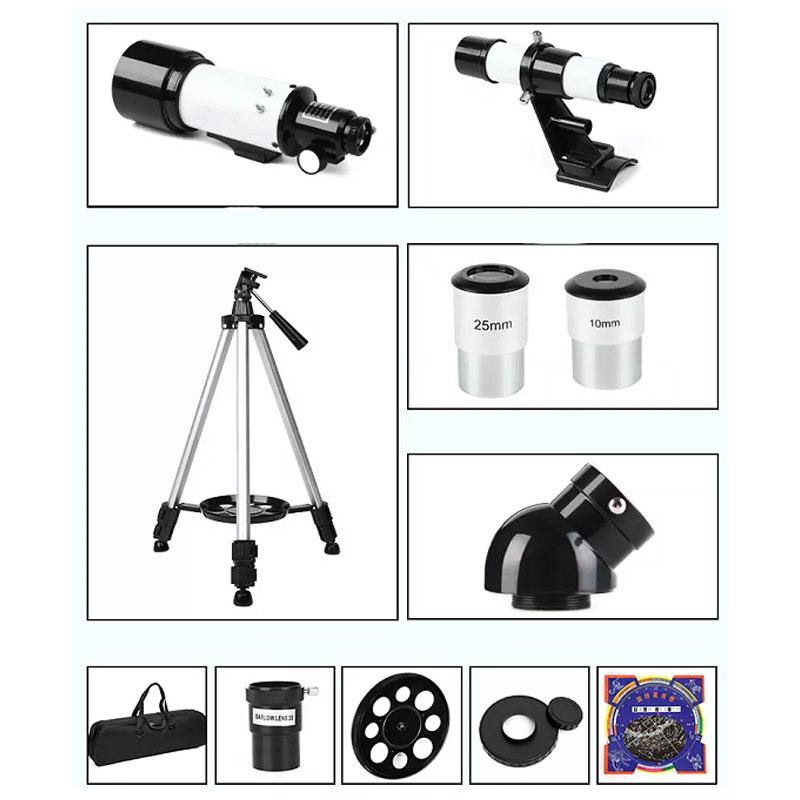
A pirate telescope is commonly referred to as a "spyglass" or "telescope." These instruments were essential tools for pirates, allowing them to spot ships on the horizon and plan their next move. The design and features of pirate telescopes were tailored to the needs of seafaring adventurers, with a focus on durability, portability, and magnification power.
Pirate telescopes were typically constructed with a brass or wooden body to withstand the harsh conditions of life at sea. They were also designed to be compact and easily stowed away, making them ideal for use on a ship. The lenses of pirate telescopes were crafted to provide high magnification, enabling pirates to observe distant objects with clarity and precision.
In terms of features, pirate telescopes often included a collapsible design, allowing them to be extended for use and retracted for storage. Some models also featured a leather grip for a secure hold, as well as a protective cap to shield the lenses from damage. Additionally, many pirate telescopes were adorned with intricate engravings or embellishments, reflecting the adventurous spirit of their owners.
From a modern perspective, the design and features of pirate telescopes continue to capture the imagination of history enthusiasts and collectors. Reproductions of these classic instruments are sought after for their nostalgic appeal and as decorative pieces. Furthermore, advancements in optical technology have allowed for the creation of replica pirate telescopes with enhanced magnification and image quality, appealing to both historians and amateur astronomers alike.
3、 Famous Pirate Telescopes
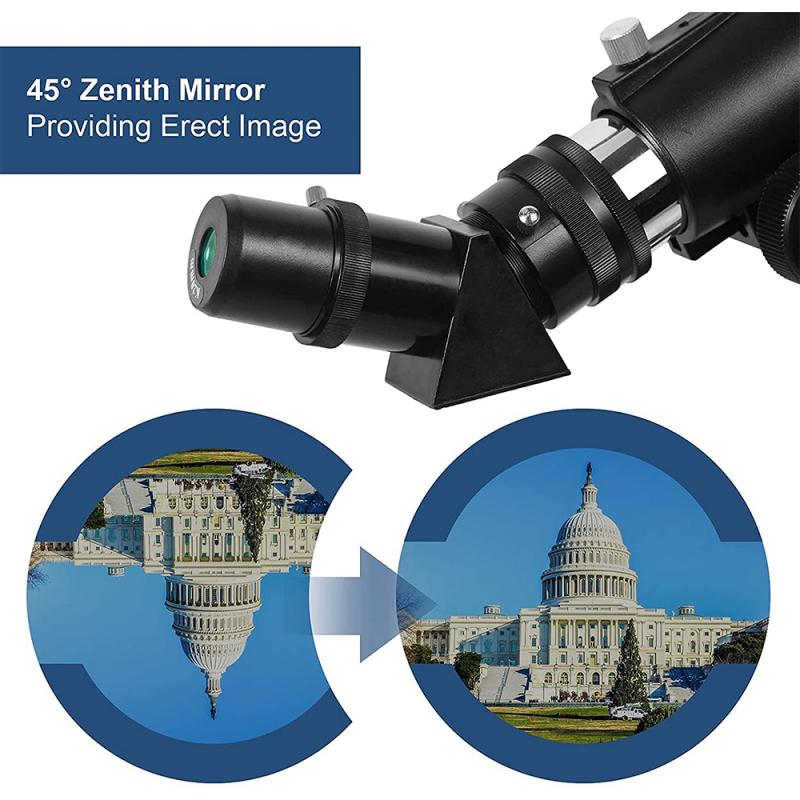
A pirate telescope is commonly referred to as a "spyglass" or a "telescope." The term "spyglass" was often used in historical accounts to describe the handheld telescopes that pirates used to spot ships on the horizon. These telescopes were essential tools for pirates, allowing them to identify potential targets and assess the strength of their adversaries from a distance.
As for famous pirate telescopes, one notable example is the "Captain Kidd's Spyglass." Captain William Kidd, a notorious pirate of the late 17th century, was said to have used a finely crafted spyglass during his plundering expeditions. The spyglass was rumored to have been adorned with intricate engravings and was believed to have been a prized possession of the infamous pirate.
In recent years, there has been a growing interest in the historical artifacts associated with piracy, including telescopes. Collectors and historians have been fascinated by the prospect of uncovering authentic pirate spyglasses, leading to increased scrutiny of potential artifacts and their provenance.
The allure of pirate history and the romanticized image of swashbuckling adventurers have contributed to the enduring fascination with pirate telescopes. As a result, these artifacts continue to capture the imagination of enthusiasts and scholars alike, offering a tangible connection to the daring exploits of pirates on the high seas.
4、 Modern Use of Pirate Telescopes

The modern use of pirate telescopes has evolved significantly from their historical purpose. Today, pirate telescopes are more commonly known as "maritime telescopes" or "nautical telescopes." These specialized optical instruments are designed for use on ships and boats, allowing sailors and navigators to spot distant objects, land masses, or other vessels on the horizon.
In the modern context, maritime telescopes are equipped with advanced features such as image stabilization, waterproofing, and high-quality optics to ensure clear and precise viewing even in challenging maritime conditions. These telescopes are essential tools for maritime professionals, including sailors, navigators, and marine researchers, enabling them to navigate safely and efficiently across vast bodies of water.
Furthermore, the latest advancements in technology have led to the integration of digital imaging and GPS capabilities into maritime telescopes, providing users with enhanced functionality and accuracy. This allows for seamless integration with other navigation systems and the ability to capture and record images for documentation and analysis.
Moreover, the use of maritime telescopes has expanded beyond professional maritime applications to include recreational boating, marine wildlife observation, and coastal surveillance. Enthusiasts and hobbyists also appreciate the precision and clarity offered by modern maritime telescopes for birdwatching, whale spotting, and enjoying scenic coastal views.
In conclusion, the modern use of pirate telescopes, now known as maritime telescopes, has evolved to meet the demands of contemporary maritime activities, incorporating advanced features and technology to enhance navigation, observation, and exploration on the open seas.






